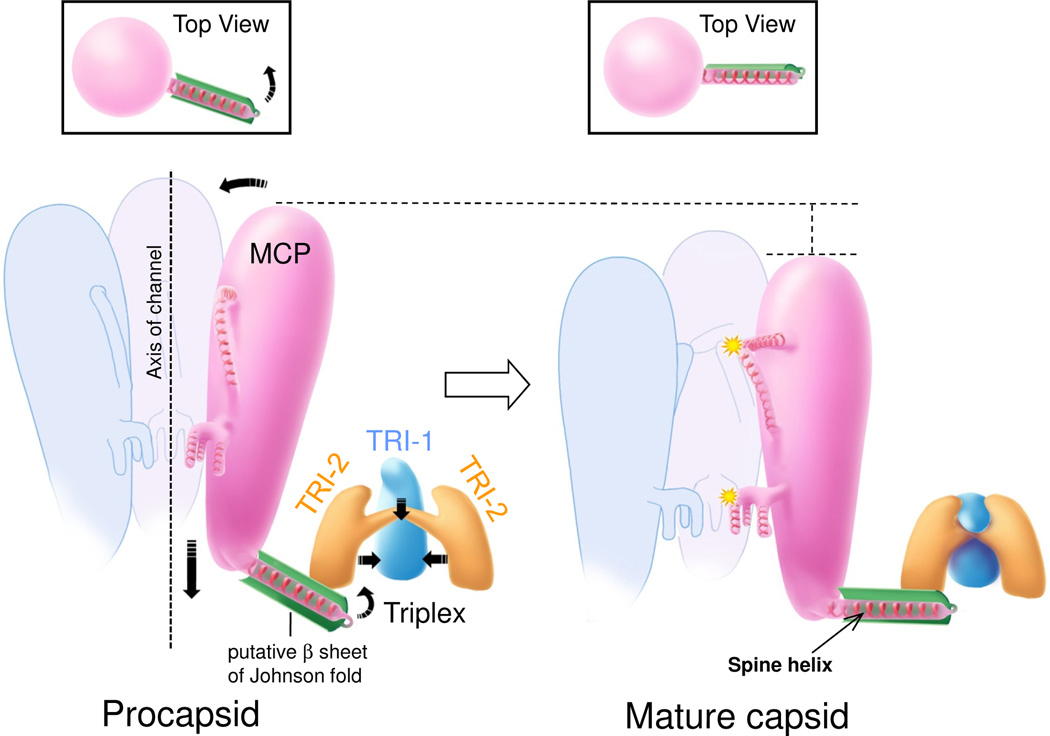Figure 7. Model of conformational changes during capsid maturation.
Arrows indicate directions of movement. In the open configuration, MCP subunits in the procapsid (left) lack significant inter-subunit interactions, specifically interaction sites #1 to #3 along their upper and middle regions along the hexon channels, that will engage after rotation into the closed configuration in the mature capsid (right). Starting from the procapsid, TRI-1 and TRI-2 in a triplex embrace more tightly and engage their three clamp domains with the three Johnson-fold β sheets (green) of three MCP subunits. This process pulls the three long Johnson-fold helices toward a point centered beneath the triplex heterotrimer, away from the channel axis. Insets: the pull would also rotate upward the peripheral subdomain of the Johnson fold to allow the spine helix to reach out to its neighboring MCP floor region and establish inter-capsomeric contacts. As a result, in the mature capsid (right), the MCPs in hexons tilt into alignment, facilitating interactions between neighboring MCPs at interaction sites #1 to #3 (yellow stars), and enter the closed configuration. In addition, the tilt enables the three helices of the TRI-1 hook domain to pull in concert the β sheets connected to the spine helix, thus adding to the pull of the floor of the MCP away from the channel axis. See also Movie S8.

